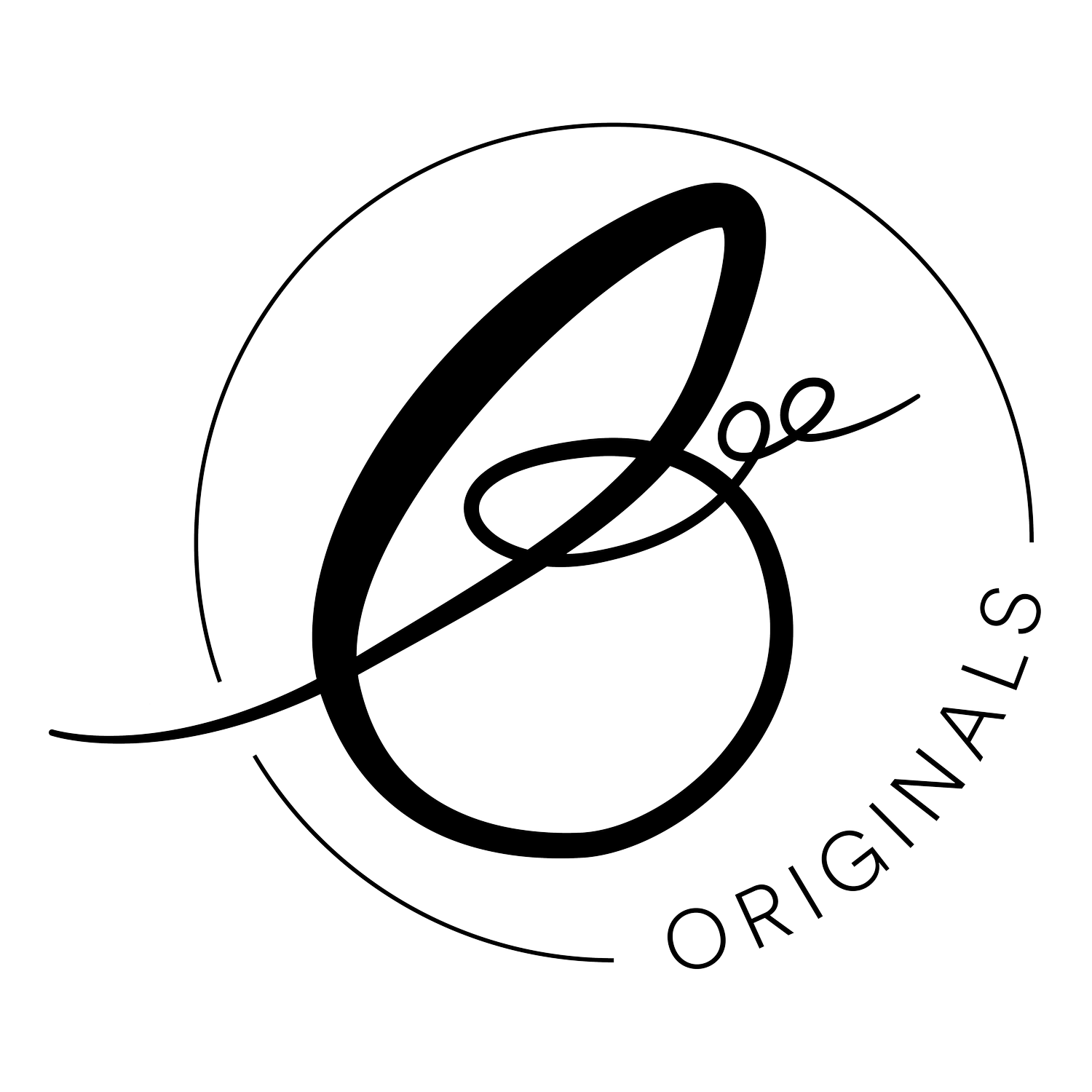What is a Giclée print?
All of my fine art prints are giclée prints but I have to admit, even as an artist, I didn’t really know what that term meant for a long time!
If you’ve ever admired a stunning, high-quality art print and wondered how it captures the essence of the original artwork so perfectly, chances are you were looking at a giclée print. But what exactly is a giclée print, and why is it considered one of the best options for art reproduction?
Origins of the Term
The term “giclée” (pronounced “zhee-clay”) comes from the French word “gicler,” which means “to spray” or “to squirt.” This refers to the way the ink is applied during the printing process, which involves spraying microscopic droplets of pigment onto paper or canvas.
The Giclée Printing Process
Giclée printing uses advanced inkjet printers capable of producing incredibly detailed and vibrant prints. Here are some key features of the process:
High Resolution: Giclée printers can achieve a resolution of up to 1200 dots per inch (DPI), resulting in images with exceptional clarity and sharpness.
Archival Pigment Inks: Unlike standard inks that may fade over time, giclée prints use pigment-based inks that are designed to be long-lasting and colourfast.
Wide Colour Gamut: The printers can produce a vast range of colours, closely matching the original artwork.
Premium Substrates: Giclée prints are typically made on high-quality, acid-free materials such as fine art paper or canvas, ensuring durability and a luxurious finish.
Why Choose Giclée Prints?
There are several reasons why artists and collectors prefer giclée prints:
Exceptional Quality: Giclée prints capture every detail of the original artwork, from the subtlest textures to the most vibrant colours.
Longevity: Thanks to the use of archival inks and materials, giclée prints can last for decades without fading when properly cared for.
Versatility: Giclée printing works well for a wide range of art styles, from intricate drawings to richly coloured paintings.
Limited Edition Potential: Artists often use giclée printing to create limited edition prints, offering collectors a chance to own a piece of high-quality art at a more accessible price.
Caring for Giclée Prints
To ensure your giclée print retains its beauty for years to come, follow these care tips:
Display Away from Direct Sunlight: Even with archival inks, prolonged exposure to direct sunlight can cause fading.
Avoid Humid Environments: Keep your print in a stable, dry environment to prevent warping or mould.
Use UV-Protective Glass for Framing: This adds an extra layer of protection against light damage.
A Worthwhile Investment
Whether you’re an artist seeking to share your work with a wider audience or a collector looking for high-quality reproductions, giclée prints are a fantastic option. They offer a harmonious blend of craftsmanship, technology, and longevity, making them a valuable addition to any art collection.
By understanding what sets giclée prints apart, you can make informed decisions when purchasing or creating art, ensuring that each piece stands the test of time with vibrancy and integrity.
